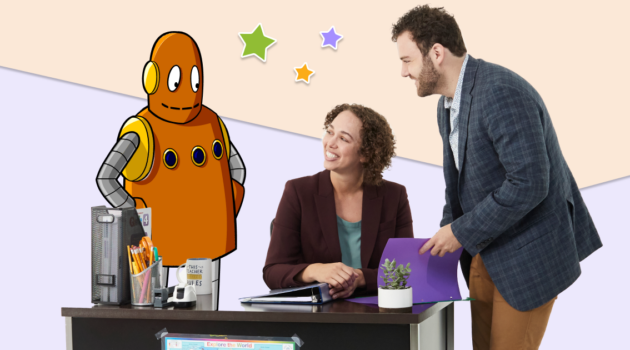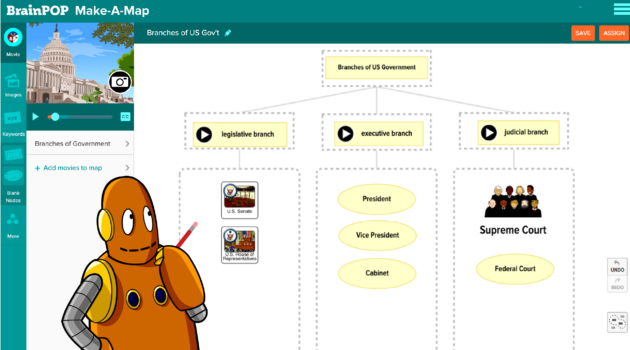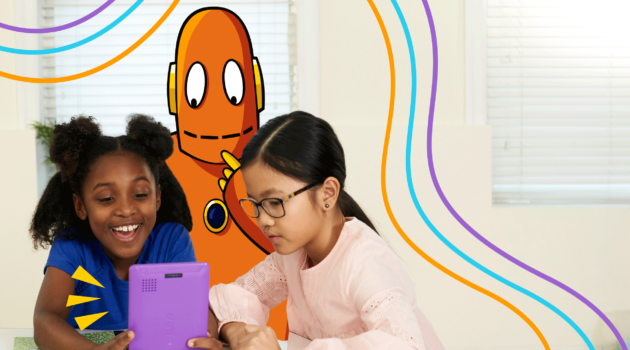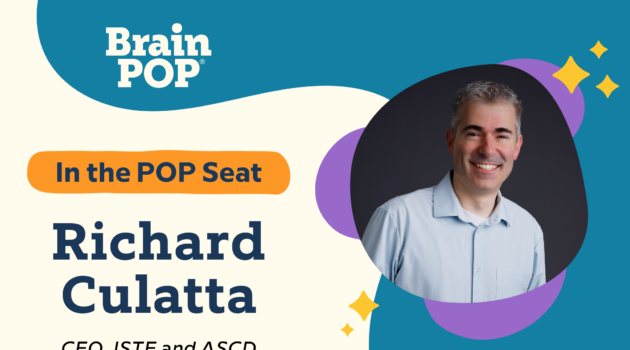Teaching Strategies
Self-Reflection and Self-Assessment: 8 Ways to Help Students Take Center Stage in Their Learning
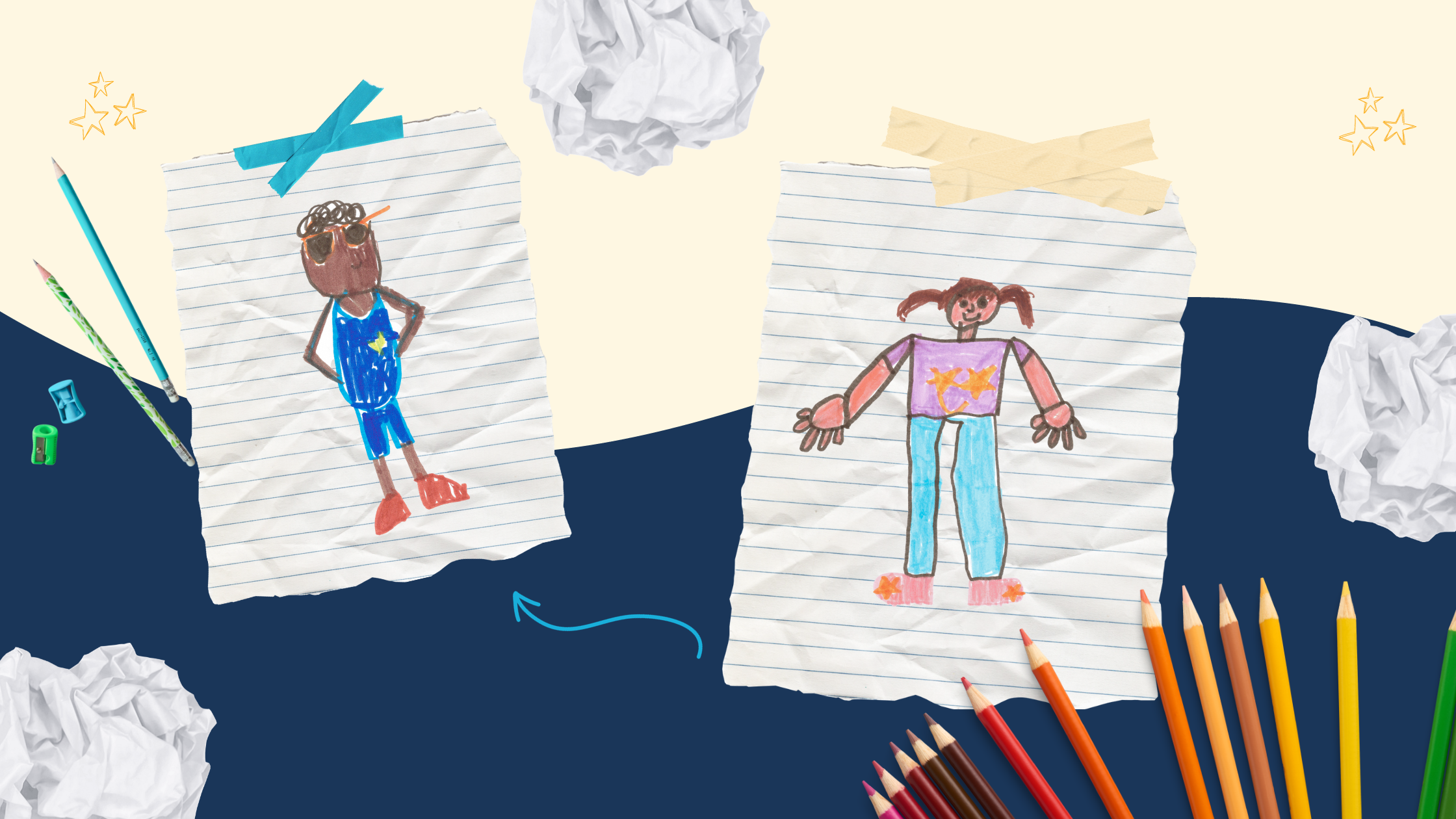
Early in her career, Tina Hackey got some advice that many teachers receive: “Be the guide on the side and not the sage on the stage.” This approach resonated, and Tina has taken it to heart to guide her 16-year career as an educator. After teaching at the elementary level, she is currently a media specialist in the Volusia County School District in Florida.
Key to her teaching philosophy is empowering students to take the lead with their learning. This includes incorporating intentional moments of self-reflection and self-assessment.
It can be as simple as letting students choose examples of their work to display on classroom walls and in hallways, as Tina does with her students at the end of each week when they prepare their take-home folders. She finds it is an opportunity for every learner to assess their work and visualize their progress, which also gives her valuable feedback.
A classroom culture like Tina’s—where a growth mindset matters more than grades—doesn’t simply materialize. It is fostered and modeled on a daily basis by thoughtful teachers.
On one occasion, a student chose to share a spelling test that didn’t receive a high grade. When Tina inquired why the student chose that particular test, their response was, “because I worked really hard on it!”
A classroom culture like Tina’s—where a growth mindset matters more than grades—doesn’t simply materialize. It is fostered and modeled on a daily basis by thoughtful teachers. Here are eight tips to encourage students to develop their growth mindset through self-reflection and self-assessment:
1. Make it a priority
Set a regular interval for students to review their work and share with their families. This approach will pay dividends when students learn to set new goals as they identify achievements and areas for growth. Grown-ups will also come to parent-teacher conferences with a greater awareness of their child’s progress.
2. Add context
Instead of simply sending student work home in a folder, where it might get lost in the shuffle, include a reflection sheet. Students can write or draw about what they are most proud of and what they learned during the week. Add a section for parents or other caregivers to share their encouragement and insights.
3. Go digital
Empower students to move beyond paper and pencil and create a digital multimedia project. Learning activities like BrainPOP Make-a-Movie and Creative Coding are exciting ways for students to show what they know.
4. Showcase mistakes
Students love to catch their teachers misspelling a word or making a math misstep on the board. Turn this into a teachable moment, and talk about how mistakes help our brains grow. Encourage students to bring this attitude to their own work and reflections by asking, “What can I learn from a recent mistake?”
5. Set weekly goals
While students review all the work they produced in a week, ask them to set a goal for the following week. This emphasizes the value of the process, not just the outcome. Give them prompts like, “Next week I’ll try…” or “I can challenge myself by….” The BrainPOP Setting Goals topic is a great way to help students go a step further by learning about SMART goals and how to set them.
6. Add action steps
Ask students to think through and list concrete steps they can take to reach their newly established goals. For example, if a student wants to do better on a math test, they might ask for help, study for an extra 20 minutes each night, or try a new approach to solving practice problems.
7. Visualize outcomes
Self-reflection and self-assessment are big work! While students are setting goals, ask them to visualize a successful outcome to help them stay motivated. Create a dedicated mindfulness session, and invite students to draw what it might look and feel like when they achieve the goals they set out to accomplish. They can even concept map it with Make-a-Map!
8. Celebrate wins
Finally, take time to celebrate when students meet their individual and classroom goals. Learning celebrations—where students present their work to each other, and even their families—are a great way to share ideas and build community. A high five and words of acknowledgement also go a long way.
When we move beyond traditional assessments and rubrics, and build in everyday moments of self-reflection and self-assessment, students are empowered to think and talk about their progress with a growth mindset. These skills are crucial for a lifetime of learning.
Julia Bailey is an experienced copywriter and a former classroom educator.


